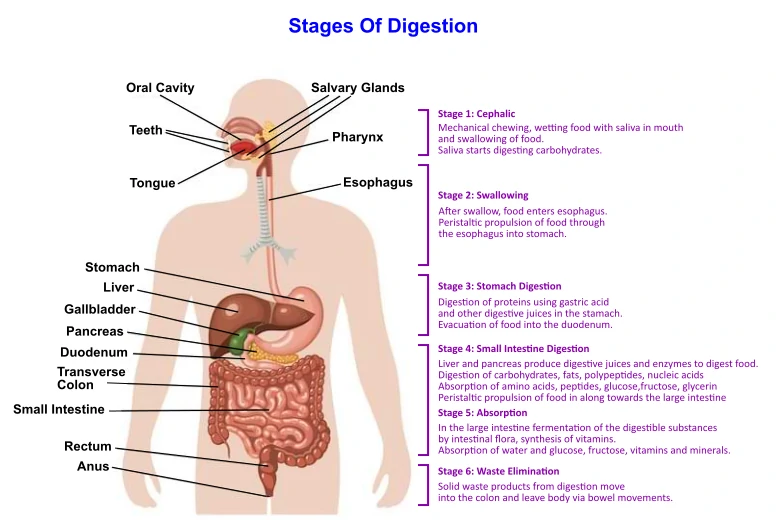Human Digestive System
In this article, the following are the objectives that will be discussed.
- Explain the importance of the human digestive system.
- Describe the three main types of nutrients in food and their functions.
- Explain the need for food to be digested.
- Identify the main parts of the human digestive system.
Importance of Digestive System
What is the importance of the digestive system?
- Provides us with energy for our daily activities
- Grow new cells and repair worn-out tissues
- Produce heat to maintain our body temperature
- Maintain a healthy body
Digestive Nutrients
What are the three types of nutrients in food?
The 3 main digestive nutrients that our body needs:
- carbohydrates
- proteins and
- fats
1. Carbohydrates
Carbohydrates, which can be big or small molecules, can be found in the form of starch, sugar, and cellulose.
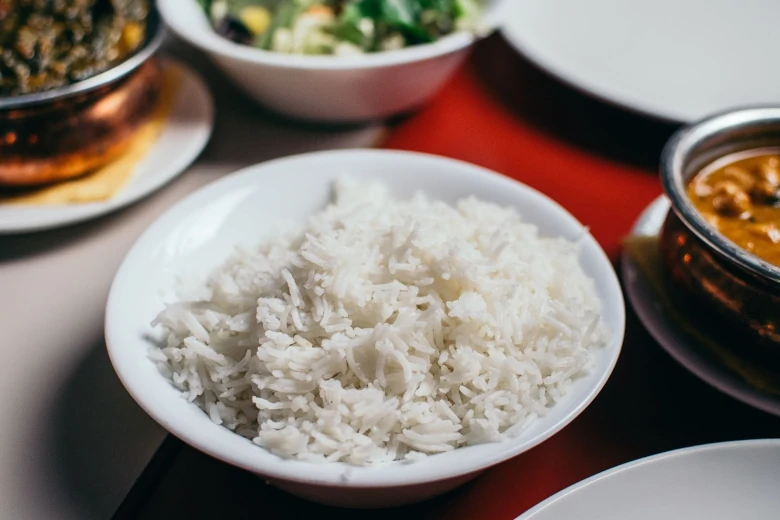
Image Credits: unsplash - Pille R. Priske
Functions of Carbohydrates
- Provides an immediate source of energy
- Cellulose makes up part of the fibre that cannot be digested, which forms the bulk in our faeces.
Sources of Carbohydrates
- Starch can be found in rice, bread, noodles, and potatoes.
- Sugar, such as glucose, sucrose, and maltose, can be found in fruits.
- Cellulose is also a carbohydrate that is found in the cell wall of plant cells in plants.
2. Proteins
Proteins are very large molecules, which are made up of very small molecules called amino acids.
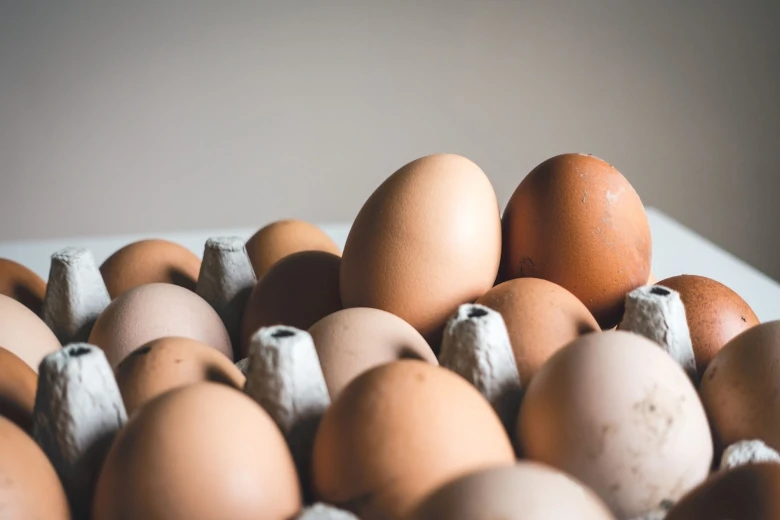
Image Credits: unsplash - Jakub Kapusnak
Functions of Proteins
- To make new cells for the body
- To repair worn-out tissues
Sources of proteins
Proteins can be found in meat, fish, milk, yoghurt, and eggs.
3. Fats
Fats are large molecules that are insoluble in water. They are made up of fatty acids and glycerols.
Functions of Fats
- Reserves energy
- Prevents the body from losing heat
Sources of Fats
Fats can be found in butter, cheese, and oil.
Why is it necessary for food to be digested?
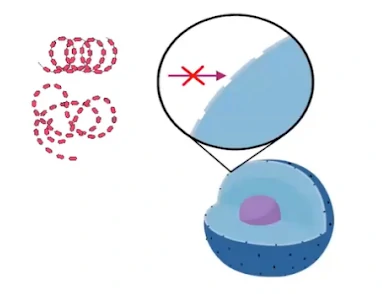
Starch, proteins, and fats are large molecules. They cannot pass through the partially permeable membrane of the cells.
Digestion helps to ensure that the food consumed is broken down into the simplest form so that the digested food substances can pass through the partially permeable cell membrane of the cells.
Human Digestive System
The diagram below shows the human digestive system, which is also known as the alimentary canal.
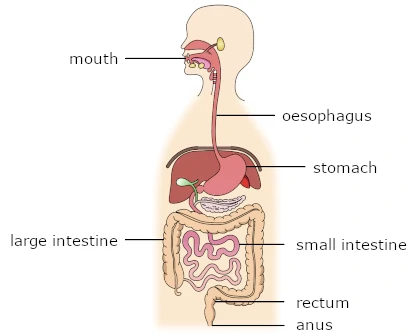
Revision Questions
Here are some questions for us to look into on the objectives of this article.
Question 1:
Which of the following nutrients serves as an immediate source of energy for our body?
- carbohydrates
- fats
- proteins
- vitamins
Solution:
(A) carbohydrates
Explanation:
In the situation where energy is required by the body, glucose (a form of carbohydrates) is oxidised, releasing energy in the process. This process occurs in the mitochondria in the cells.
Question 2:
Which of the following nutrients is stored under our skin to prevent our skin from losing too much heat?
- carbohydrates
- fats
- proteins
- vitamins
Solution:
(B) fats
Explanation:
Fats in our body serve as a form of insulation, preventing the body from losing too much heat.
Question 3:
Which of the following functions can be obtained from fruits and pasta?
- grow new cells and tissues
- insulate our bodies
- repair worn-out cells
- supply us with energy to do work
Solution:
(D) supply us with energy to do work
Explanation:
Fruits and pasta are sources of carbohydrates, which provide an immediate source of energy for the body.
Question 4:
Which of the following functions incorrectly describes the functions of proteins?
- grow new cells
- make enzymes
- repair damaged cells and tissues
- reduce heat loss from bodies
Solution:
(D) reduce heat loss from bodies
Explanation:
Fats in our body serve as a form of insulation, preventing the body from losing too much heat.
Proteins are used to make new cells for body growth and to repair worn-out tissues. Proteins are also used to make complex proteins such as enzymes.
Question 5:
Which of the following is also a function of fats in the human body?
- for growth
- to fight infections
- to provide energy
- to repair damaged tissues
Solution:
(C) to provide energy
Explanation:
Fats in our body serve as a form of insulation, preventing the body from losing too much heat. Fats are also energy reserves for the body.
Question 6:
Which of the following definitions correctly describes “partially permeable membrane”?
- Partially permeable membranes are membranes that allow all types of molecules to pass through.
- Partially permeable membranes are membranes that allow only large molecules to pass through.
- Partially permeable membranes are membranes that allow no molecules to pass through.
- Partially permeable membranes are membranes that allow only small molecules to pass through.
Solution:
(D) Partially permeable membranes are membranes that allow only small molecules to pass through.
Explanation:
An example of a partially permeable membrane is the cell membrane, which only allows certain substances to pass through.
Question 7:
Which of the following food items contain a higher percentage of fats?
- butter
- cheese
- eggs
- milk
Choose the correct answer
- I and II only
- I and IV only
- II and III only
- III and IV only
Solution:
(A) I and II only
Explanation:
Butter and cheese are rich sources of fats. Eggs and milk are rich sources of proteins.
Question 8:
Which of the following food items contain proteins?
- cheese
- eggs
- fish
- spinach
Choose the correct answer
- I and II only
- II and III only
- II, III and IV only
- all of the above
Solution:
(B) II and III only
Explanation:
Eggs and fish are rich sources of proteins. Cheese is a rich source of fats.
Question 9:
Identify the following:
oesophagus.

Solution:
(A)
Explanation:
The oesophagus is the muscular tube that transports food from the mouth to the stomach.
Question 10:
Identify the following:
rectum.
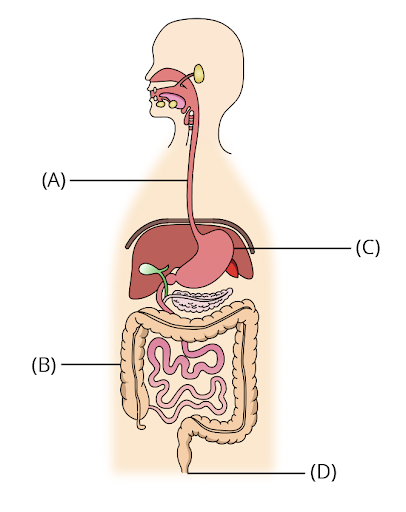
Solution:
(B)
Explanation:
The rectum stores faeces temporarily.
Question 11:
Which of the following food items contains the nutrient that provides twice as much energy as compared to carbohydrates of the same mass?
- fish
- nuts
- peas
- yoghurt
Solution:
(B) nuts
Explanation:
Nuts are a rich source of fats. Fats provide twice the amount of energy as compared to carbohydrates.


 SG
SG  VN
VN 
